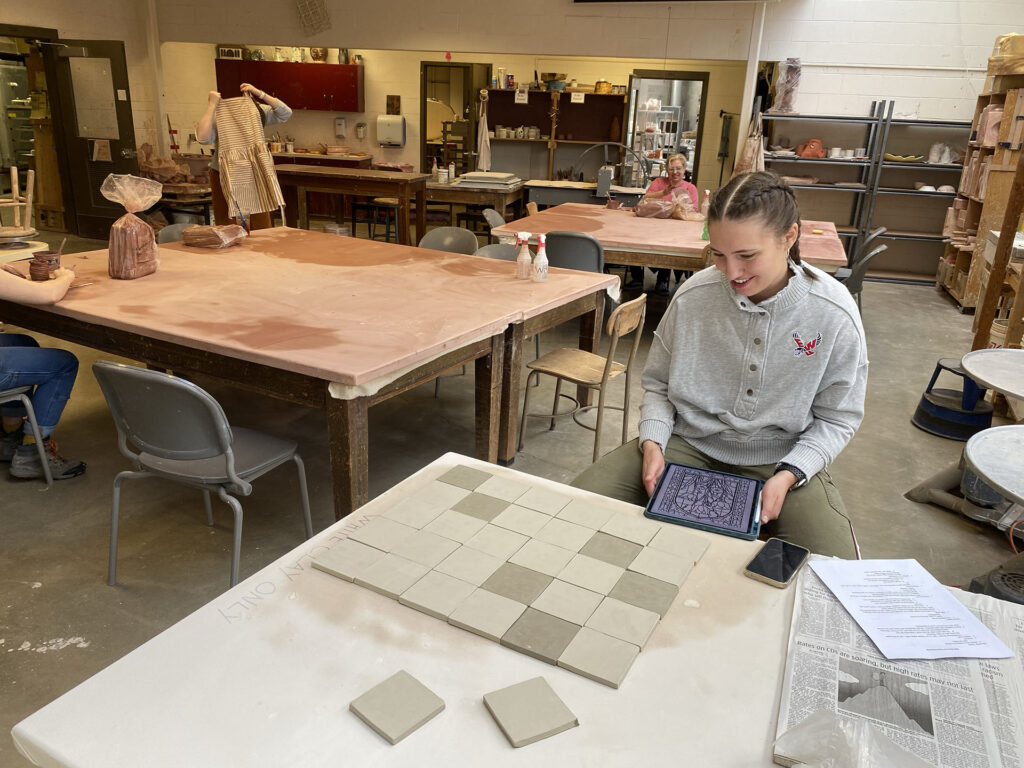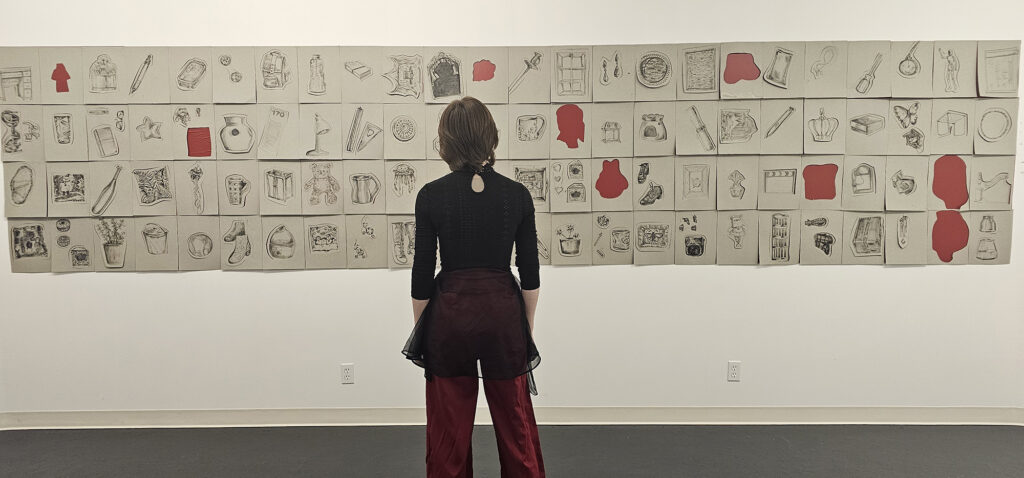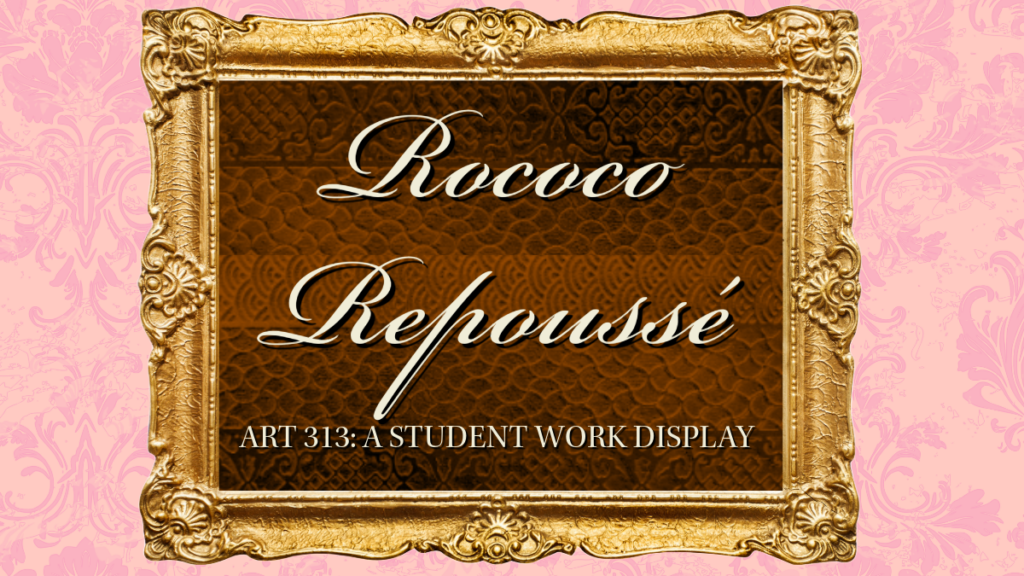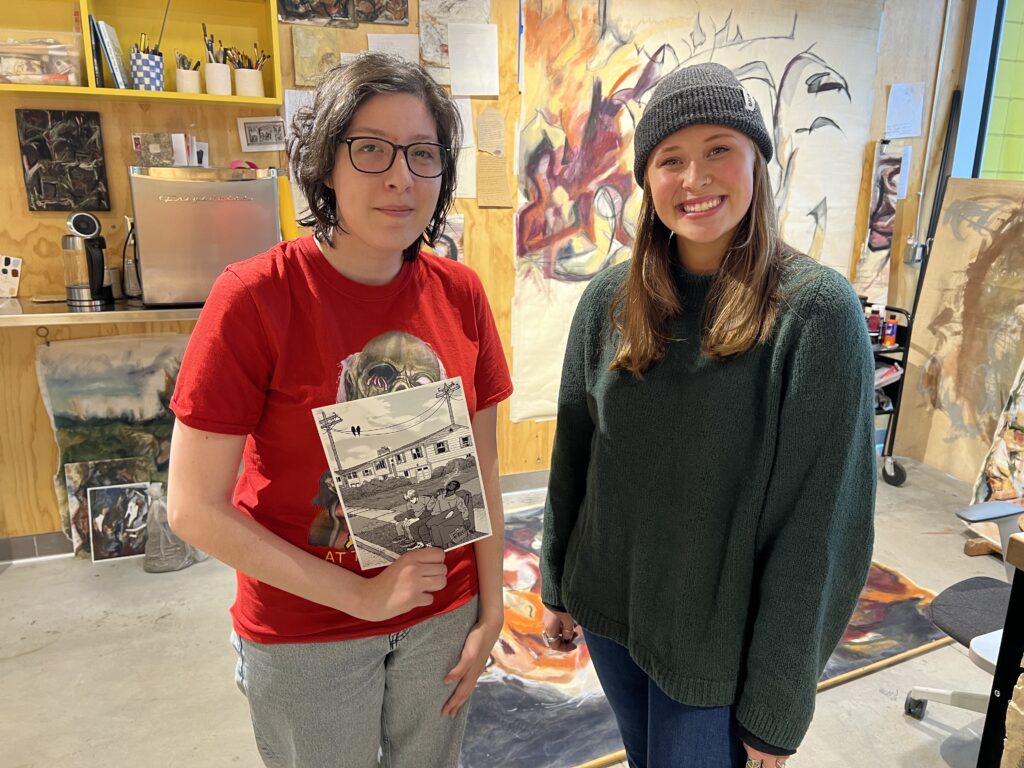About
Our Art Program offers classes in many areas including:
- ceramics, painting, photography, printmaking, drawing, illustration, fiber arts, sculpture, visual culture and MORE!
- We offer many classes to non-majors if you wish to give art a try!
Whichever degree option you choose, you’ll learn how to use your individual artistic passions to “create” your future career.
UPCOMING STUDENT EXHIBITIONS:
2024 Creative Works Symposium, EWU Art Gallery, May 7, 2024
2024 BFA Thesis Exhibition, EWU Art Gallery, May 16th, 2024 – June 7th, 2024
2024 BFA Applications now being accepted! DEADLINE MAY 9, 11:59 PM
BFA APPLICATION GUIDELINES HERE – BFA APPLICATION FORM HERE
Contact Us
For further questions or concerns about Art, please contact:
Professor Jenny Hyde
Program Director for Art
P: 509.359.6997
E: jhyde@ewu.edu
136 Art Building
Cheney, WA 99004






